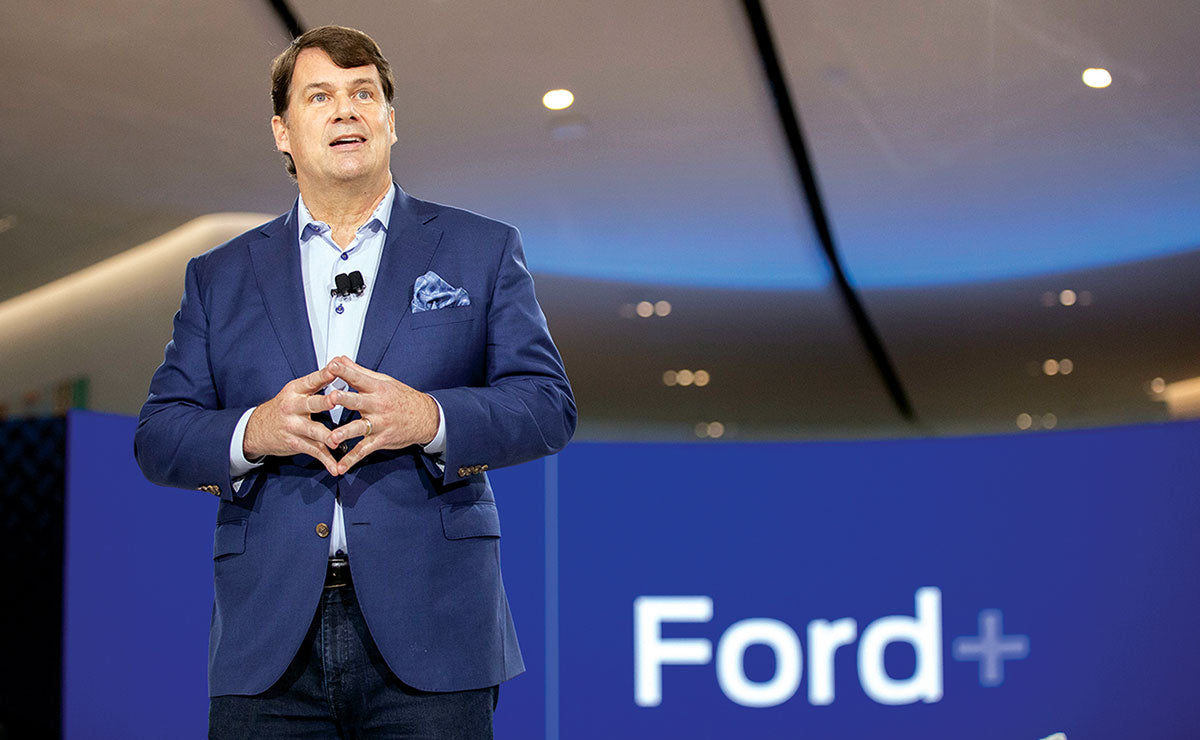Tesla News
- by Lars EVBASE
Union Strikes and Electric Dreams: A Rocky Road Ahead for the Big Three
The Big Three—General Motors, Ford, and Stellantis—face a dual challenge as they navigate a costly transition to electric vehicles (EVs) amidst a financially draining strike by the United Auto Workers (UAW). The UAW’s demand for a 35-40% wage hike amidst this pivotal transition exacerbates the financial strain, with Ford's CEO warning of potential bankruptcy. The strike has already caused a $5.5 billion loss across the Big Three, illustrating a precarious balance between honoring workforce demands and ensuring corporate survival in the competitive EV market.
- by Lars EVBASE
Ford's Electric Strides in Q3 Overshadowed by Tesla and Rivian’s Pace
Ford showcased a notable growth in electric vehicle (EV) sales in Q3, marking its best quarter for EVs due to Mustang Mach-E and E-Transit's performance. However, when compared to Tesla and Rivian, Ford's progress seems less impressive. Tesla's Model Y vastly outsells the Mach-E, while Rivian's production, though lower than Ford's total, is noteworthy with fewer models. Ford's F-150 Lightning experienced a dip in Q3, further exacerbated by labor issues leading to order cancellations in Canada. As Q4 2023 approaches, with Tesla’s Cybertruck and Rivian’s continued ascent, Ford faces a crucial period to accelerate its EV production to stay competitive in the rapidly evolving market.


